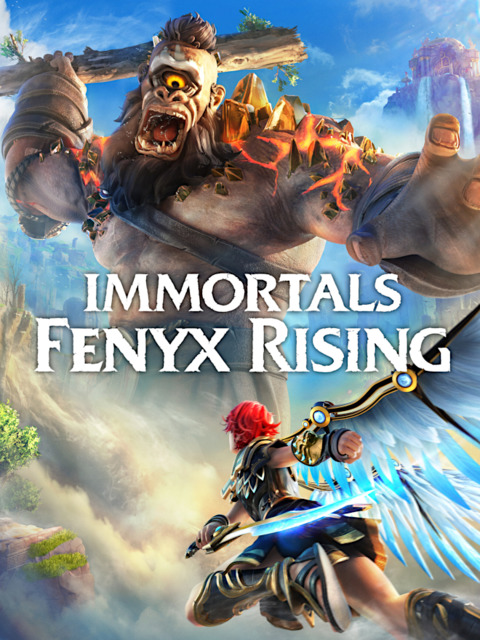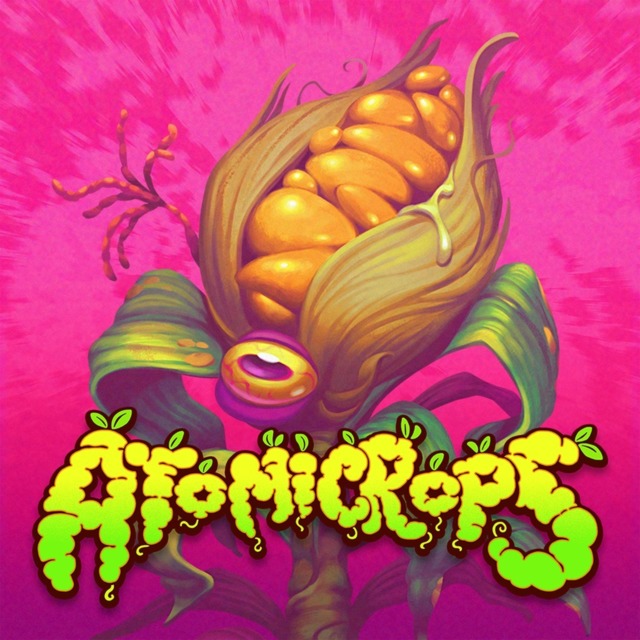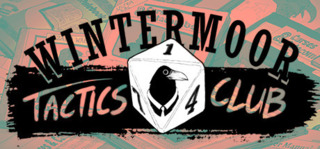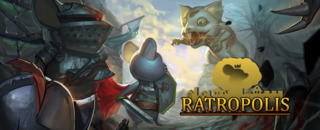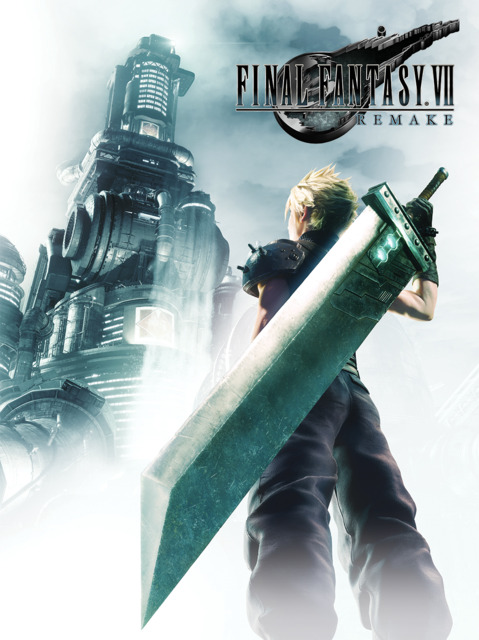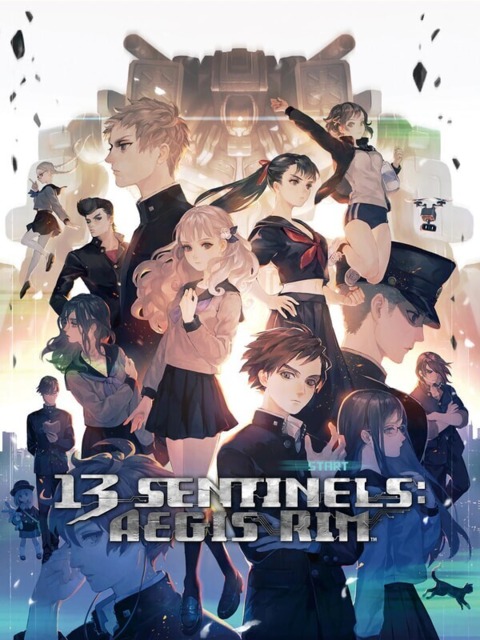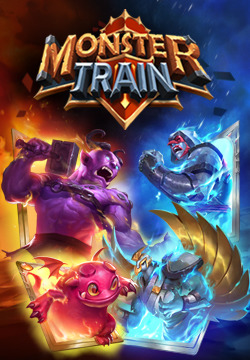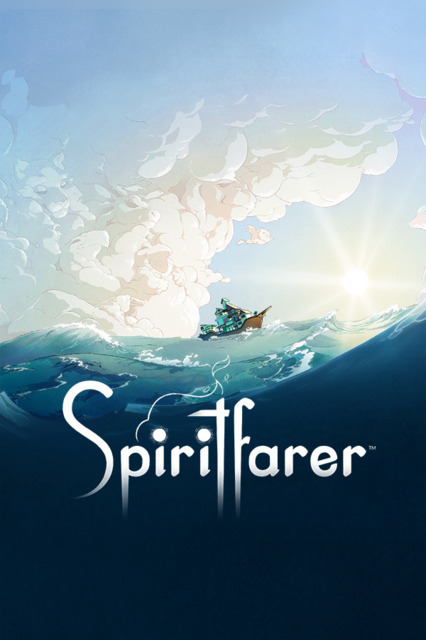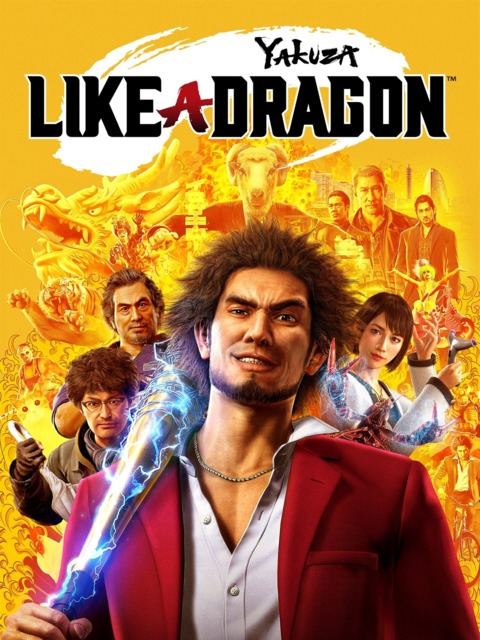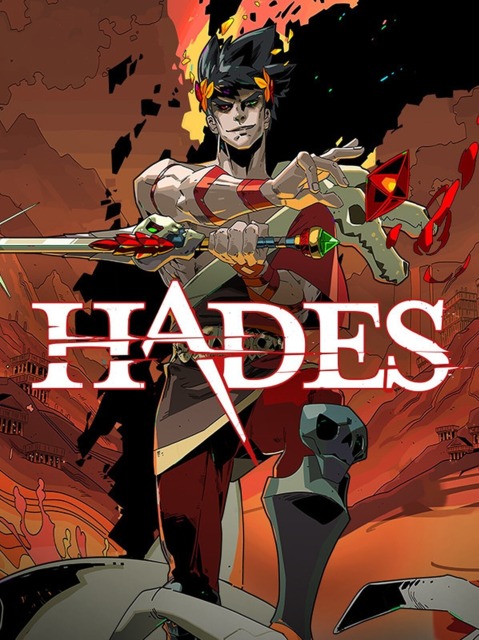Man, something happened to me last month. I found myself playing a lot of Forza Horizon 4, Destiny 2, and Immortals Fenyx Rising. None of these is My Kind of Game. Immortals is probably the least surprising of these, because it at least has swords and bows and stuff.
Still, I dismissed and mocked Immortals Fenyx Rising when it was first shown. It was called Gods & Monsters back then, and the idea of Ubisoft making yet another open world game, this time aping Breath of Wild was not appealing at all. I only ended up with the game after trading in Cyberpunk 2077 for Xbox credit and looking into Immortals because I was very surprised to see it on Game Informer’s game of the year list.
To get a few things out of the way, it absolutely recycles a lot from Breath of the Wild: you’ll be hang gliding, scaling walls as a stamina meter drains, finding shrines that contain puzzles and combat and climbing towers to get a vantage point and find points of interest on the map. The latter feels the most fumbled in this game - you can zoom in and survey the landscape, and your controller vibrates when you are looking near a point of interest. Move the cursor over it and press a button to reveal it on the map. They split the difference between Assassin’s Creed’s “all the icons pop in automatically” and Zelda’s wonderful “manually mark places that look interesting to you on your map” system and ended up with something neither functional nor interesting.
That’s where my complaints end though. The game’s art style is similar at a glance, but it’s vibrant and gorgeous, and never feels like Breath of the Wild. The combat is snappy, responsive, and challenging. The puzzle design is often creative, clever, and rarely frustrating; most of my frustration has come from my overthinking the puzzle solutions. There is plenty of gear to find, and the game’s cosmetic options are intuitive and welcome. The game’s narrative is better than I expected; it feels like a B-tier Disney movie. The writing has made me smile a few times, and made me roll my eyes a few times. Zeus as comic relief is a pretty major miss, but it’s fine apart from that. It helps that I’m already familiar with Greek mythology.
It’s a huge, beautiful world where traversal and combat feel great. It’s sometimes hard to get anything done because I am constantly distracted by tracking down an icon on the map, or just exploring because I saw something cool or strange. Not all of the puzzles and challenges work, but that’s okay because I can move onto something else. Immortals Fenyx Rising is this year’s Dragon Quest Builders 2: gaming comfort food where it feels good to sit back and check things off a list at the end of a long day. Still don’t like the name though. And fuck Ubisoft.

